Mercury may have harbored an ancient magma ocean
Massive lava flows may have given rise to two distinct rock types on Mercury's surface.
Feb 21st, 2013
Read more
 Subscribe to our Space Exploration News feed
Subscribe to our Space Exploration News feed
Massive lava flows may have given rise to two distinct rock types on Mercury's surface.
Feb 21st, 2013
Read more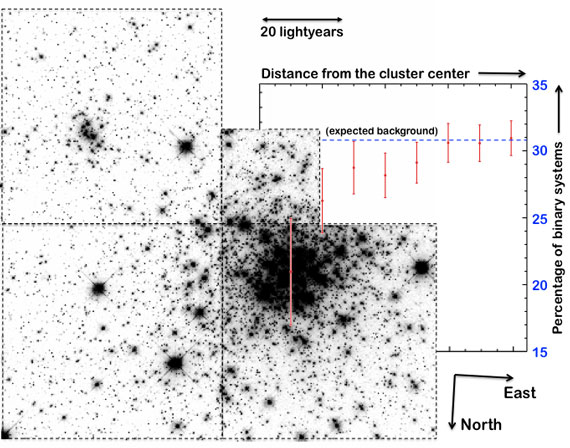 Gravity remains the dominant force on large astronomical scales, but when it comes to stars in young star clusters the dynamics in these crowded environments cannot be simply explained by the pull of gravity.
Gravity remains the dominant force on large astronomical scales, but when it comes to stars in young star clusters the dynamics in these crowded environments cannot be simply explained by the pull of gravity.
Feb 20th, 2013
Read moreKepler mission scientists have discovered a new planetary system that is home to the smallest planet yet found around a star similar to our sun.
Feb 20th, 2013
Read moreNASA's Space Technology Program is calling for proposals to develop miniaturized electrospray propulsion technologies that could revolutionize small satellite propulsion systems.
Feb 20th, 2013
Read more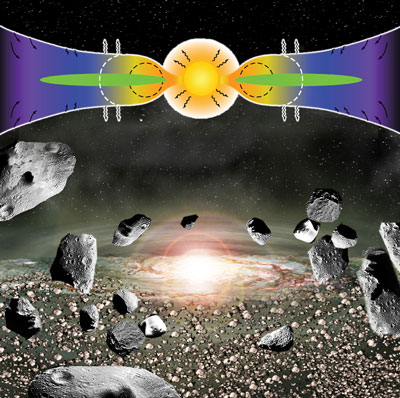 Berkeley Lab's Chemical Dynamics Beamline points to why isotope ratios in interplanetary dust and meteorites differ from Earth's
Berkeley Lab's Chemical Dynamics Beamline points to why isotope ratios in interplanetary dust and meteorites differ from Earth's
Feb 20th, 2013
Read more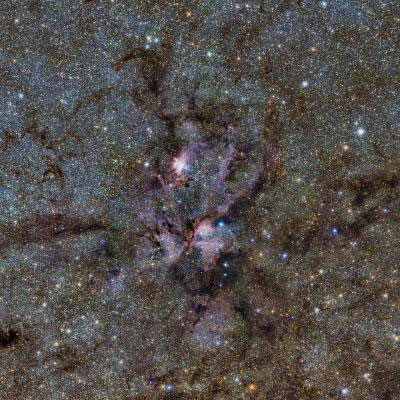 New infrared VISTA image of NGC 6357.
New infrared VISTA image of NGC 6357.
Feb 20th, 2013
Read more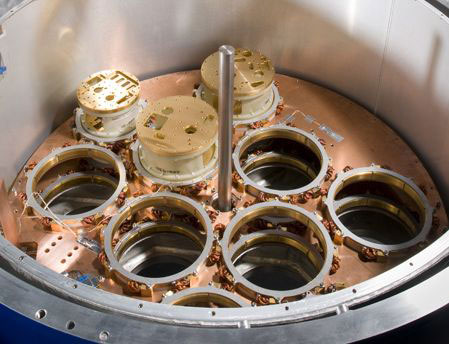 Experts have developed a new coating for space satellite cryocoolers - the specialist devices that regulate their temperature and enable them to function in space.
Experts have developed a new coating for space satellite cryocoolers - the specialist devices that regulate their temperature and enable them to function in space.
Feb 20th, 2013
Read more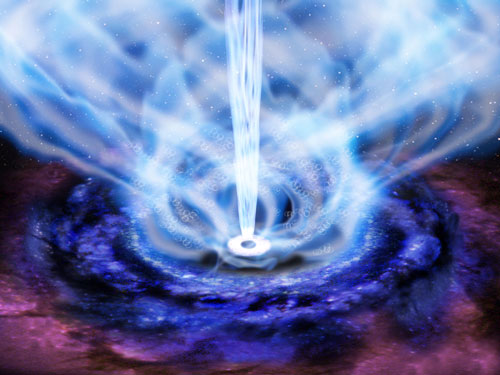 Scientists believe that their light source is a very bright gaseous disk surrounding a supermassive black hole at the center of the galaxy. Gas streams called "outflows" move outward from the disk and have a substantial influence on surrounding interstellar/intergalactic regions. However, because quasars at large distances look like mere stars, their internal structures are not easy to investigate.
Scientists believe that their light source is a very bright gaseous disk surrounding a supermassive black hole at the center of the galaxy. Gas streams called "outflows" move outward from the disk and have a substantial influence on surrounding interstellar/intergalactic regions. However, because quasars at large distances look like mere stars, their internal structures are not easy to investigate.
Feb 20th, 2013
Read moreThe fledgling Beidou satellite navigation system will soon benefit hundreds of millions of users, and provide a cheaper and in some cases better alternative than the Global Positioning System, industry specialists said.
Feb 20th, 2013
Read more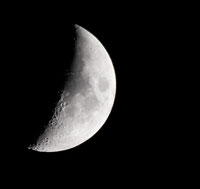 Australian researchers have developed a substance that looks and behaves like soil from the moon's surface and can be mixed with polymers to create 'lunar concrete', a finding that may help advance plans to construct safe landing pads and mines on the moon.
Australian researchers have developed a substance that looks and behaves like soil from the moon's surface and can be mixed with polymers to create 'lunar concrete', a finding that may help advance plans to construct safe landing pads and mines on the moon.
Feb 19th, 2013
Read moreSpaceWorks Enterprises, Inc. (SEI) today released an update to its nanosatellite and microsatellite market analysis study. The study presents the latest observations, trends, and projections for the nano/microsatellite market.
Feb 19th, 2013
Read moreUniversity faculty and students interested in learning how to build scientific experiments for spaceflight are invited to join RockOn 2013 from June 15-20 at NASA's Wallops Flight Facility in Virginia.
Feb 19th, 2013
Read more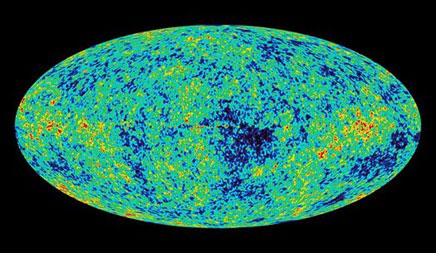 Scientists are still sorting out the details of last year's discovery of the Higgs boson particle, but add up the numbers and it's not looking good for the future of the universe, they report.
Scientists are still sorting out the details of last year's discovery of the Higgs boson particle, but add up the numbers and it's not looking good for the future of the universe, they report.
Feb 19th, 2013
Read more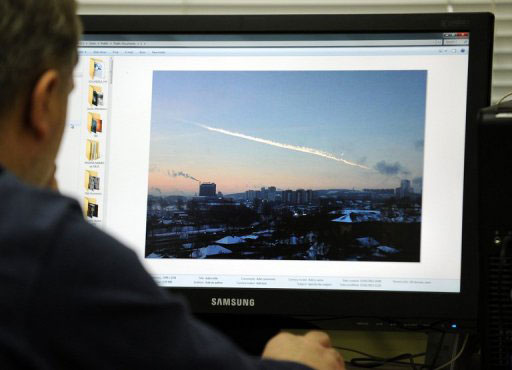 NASA, universities and private groups in the US are working on asteroid warning systems that can detect objects from space like the one that struck Russia last week with a blinding flash and mighty boom.
NASA, universities and private groups in the US are working on asteroid warning systems that can detect objects from space like the one that struck Russia last week with a blinding flash and mighty boom.
Feb 18th, 2013
Read more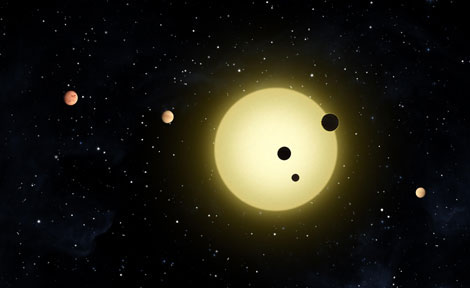 Aided by technology, scientists are surmounting the challenge of inferring the atmospheric composition of planets that were invisible to humans just a few years ago.
Aided by technology, scientists are surmounting the challenge of inferring the atmospheric composition of planets that were invisible to humans just a few years ago.
Feb 18th, 2013
Read morePerforming sensitive biological experiments is always a delicate affair. Few researchers, however, contend with the challenges faced by Cheryl Nickerson, whose working laboratory aboard the International Space Station (ISS) is located hundreds of miles above the Earth, traveling at some 17,000 miles per hour.
Feb 18th, 2013
Read more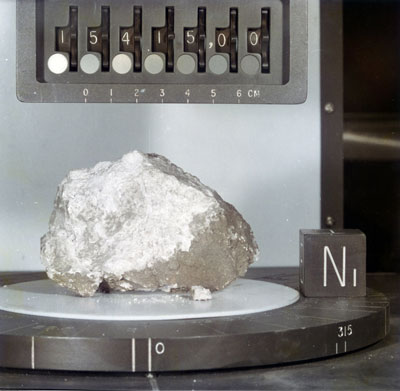 Traces of water have been detected within the crystalline structure of mineral samples from the lunar highland upper crust obtained during the Apollo missions, according to a University of Michigan researcher and his colleagues.
Traces of water have been detected within the crystalline structure of mineral samples from the lunar highland upper crust obtained during the Apollo missions, according to a University of Michigan researcher and his colleagues.
Feb 18th, 2013
Read more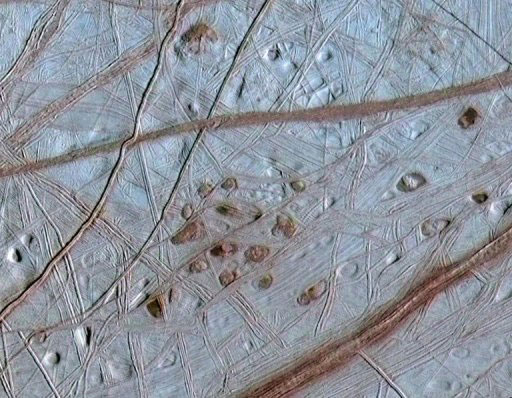 U.S. astronomers looking for life in the solar system believe that Europa, one of the moons of Jupiter, which has an ocean, is much more promising than desert-covered Mars, which is currently the focus of the US government's attention.
U.S. astronomers looking for life in the solar system believe that Europa, one of the moons of Jupiter, which has an ocean, is much more promising than desert-covered Mars, which is currently the focus of the US government's attention.
Feb 17th, 2013
Read more